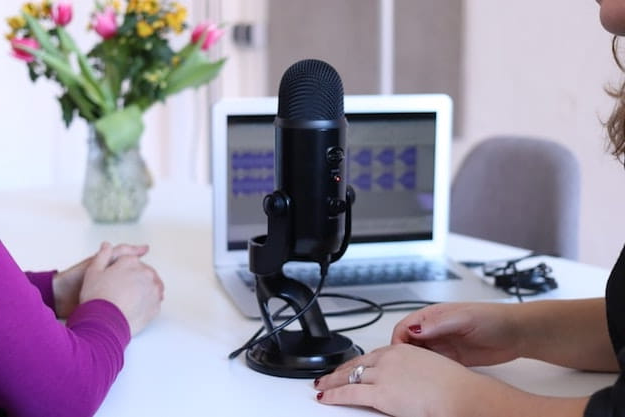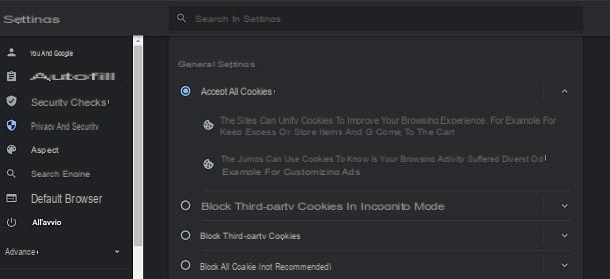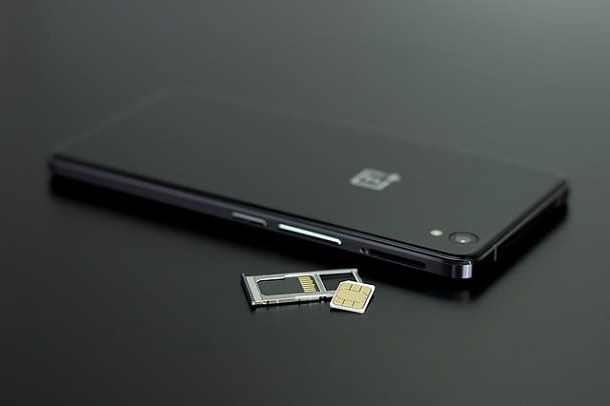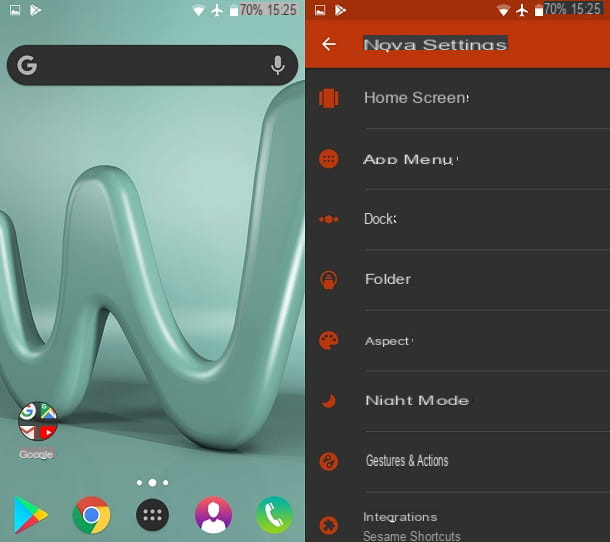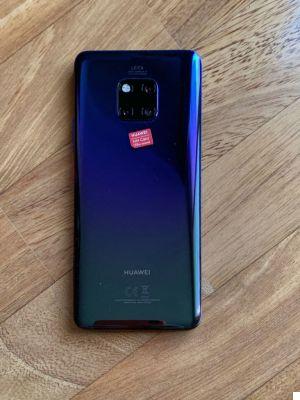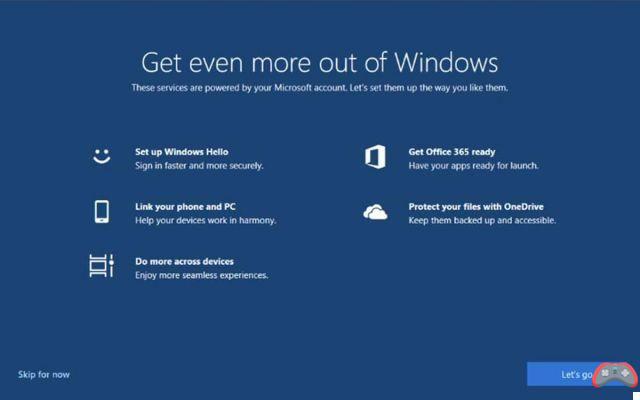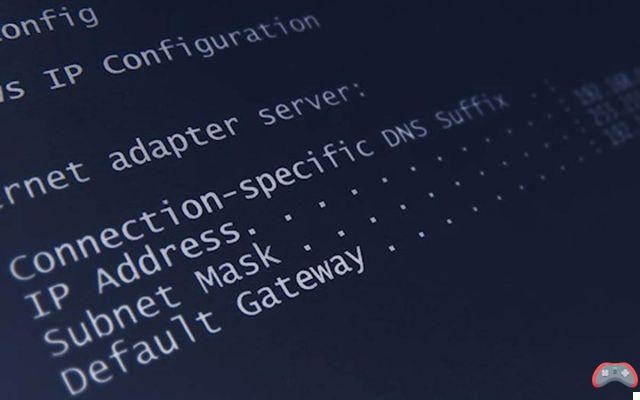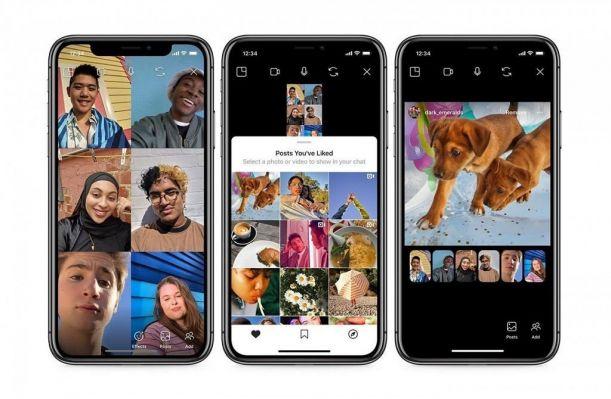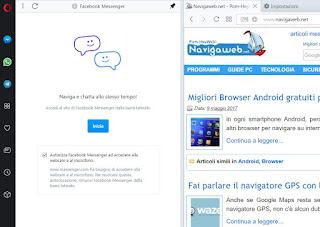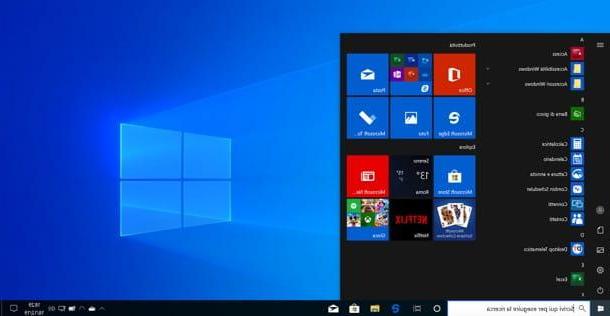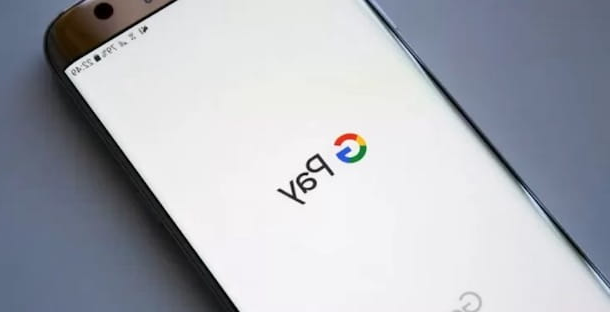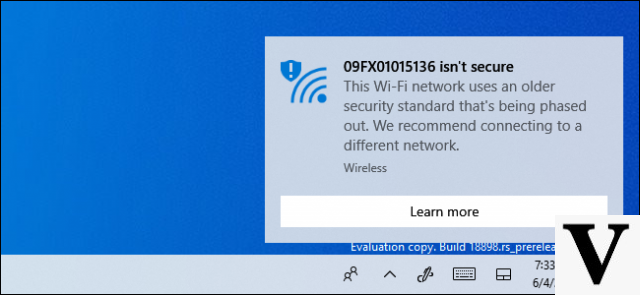
If you managed to install the Windows 10 May Update without major problems and you are able to use the 1903 version of Microsoft's operating system, perhaps you may have found something new at the bottom right of the screen, that is in the Notification Center: a message that you he says that your Wi-Fi network is not secure.
In fact, many users have reported that the new Windows 10 shows them the following message: “This Wi-Fi network uses an old security standard that has been surpassed. We recommend that you connect to a different network “. The connection to the network which is not recommended is however possible, as in the past. But because Windows now sends this message? What has changed in your network since you installed the May Update? Absolutely nothing but if Windows tells you that your network is not secure it is not completely wrong. On the contrary: This time Microsoft made the right choice and the message it sent you can really help you improve the security of your Wi-Fi network.
Because your network is not secure
As the same message sent by Win 10 says, it is a security standard issue. All Wi-Fi networks can (and must) be protected by a password that is encrypted by the router with an international standard. Over the years, different standards have followed one another: WEP, WEP-TKIP, WPA, WPA2 and, a few months ago, WPA3. None of them are flawless and flawless - even the latest WPA3 has been accused of being easily cracked, but the further we go in time, the less secure the encryption standard is.
If Windows 10 tells you that your network is not secure, then your router is most likely set up to use WEP encryption (which stands for Wired Equivalent Privacy, a very distant 1999 standard) o WEP-TKIP, which is an evolution that does not improve safety much. WEP is an encryption standard with just 64 bits (later brought to 128 bits, compared to the 256 bits of the three WPA standards) and which is full of flaws: In 2005 the FBI proved to be able to break the WEP encryption in a few minutes.
How to make your Wi-Fi network safer
If the security problem lies in the protocol, then change the protocol. Most of the routers that we find in our homes are compatible with different standards, from WEP to at least the first generation WPA. Just enter the router configuration page, go to the section dedicated to the Wi-Fi network and look for a setting such as "Security Mode", "Encryption" or "Security". Each router manufacturer calls it differently, but when you open the drop-down menu always contains the different encryption standards already described.
If the standard set is WEP, change it immediately with a more advanced one: the ideal is a recent WPA, even better if with AES (Advanced Encryption Standard). If you see the warning message when you try to connect to a public network, however, you cannot change the router settings and therefore you should avoid connecting to this network.
Why Windows 10 says the Wi-Fi network is not secure




